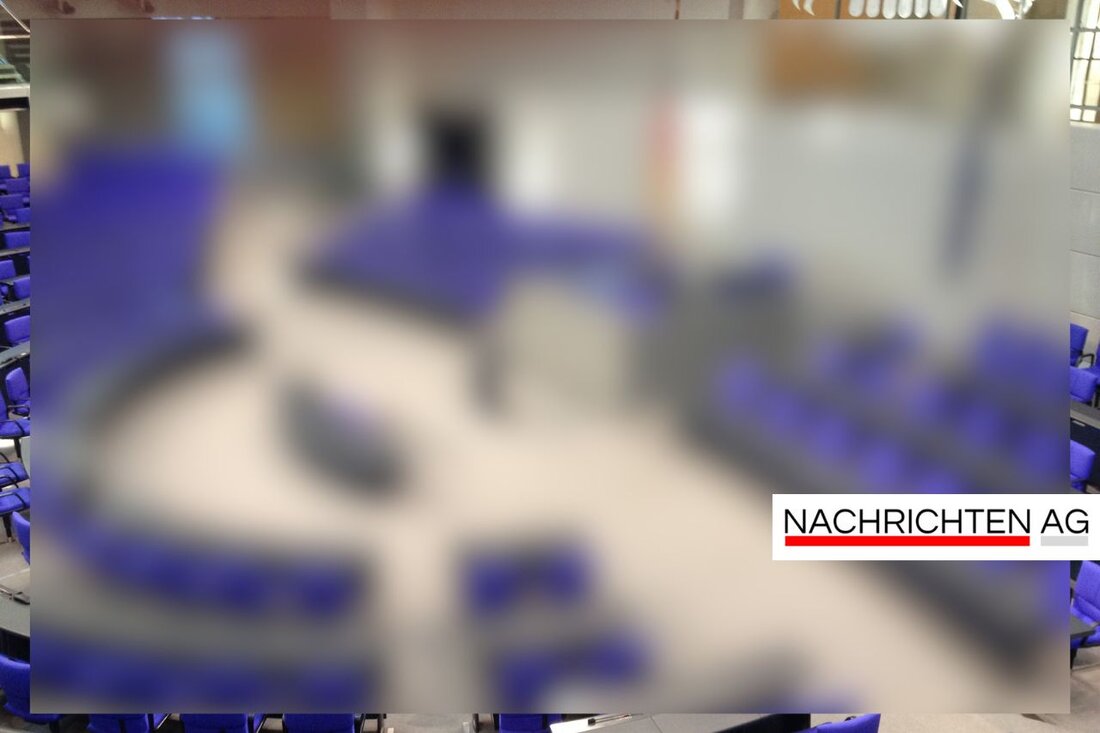High-speed future: LNI celebrates 10 years of fiber optic expansion!
On October 25, 2025, Laber-Naab Infrastructure GmbH in Neumarkt celebrated its tenth year of fiber optic expansion to digitally strengthen rural regions.

High-speed future: LNI celebrates 10 years of fiber optic expansion!
Yesterday, Laber-Naab Infrastructure GmbH (LNI) celebrated a very special anniversary: ten years of successful work in the field of fiber optic expansion. The districts of Regensburg and Neumarkt in particular benefit from the efforts of the LNI, which has set itself the task of offering rural regions a fast and stable internet connection. The celebrations were celebrated in the presence of Albert Füracker, the Bavarian Minister of Finance and Home Affairs, who praised the LNI's forward-looking and future-proof work. “The development of high-performance fiber optic networks is crucial for our digital future,” emphasized Füracker during the festivities, which link to the current expansion projects.
A very current example is the GIGABAU project, which now enables the communities of Seubersdorf, Sinzing and Wiesent to book telephone and internet connections via fiber optics for the first time. This initiative is part of the nationwide strategy to implement nationwide gigabit networks based on fiber optics by 2030. Bmleh emphasizes that broadband expansion is particularly important in rural areas in order to ensure their attractiveness and future viability.
Challenges and solutions
But the expansion brings challenges. The high investment costs due to the low population density in rural areas as well as longer expansion times due to greater distances are just some of the hurdles that need to be overcome. In order to overcome these difficulties, public funding from the federal and state governments and cooperative models between districts, municipalities and telecommunications companies are being relied upon. Technologies such as LTE are also part of the plan to connect all households in Germany to the digital network.
The current status of fiber optic expansion is promising: 43.2% of households now have access to fiber optics and 22.8% are already connected. More and more households are discovering the advantages of high-speed internet - around 26% of connected households actively use their fiber optic connection. These developments are no coincidence, because the Federal Government has passed an acceleration law that promotes the expansion and is classified as being of paramount public interest.
The look into the future
What does the future hold for fiber optic and mobile communications expansion? The goal of achieving nationwide mobile phone coverage by the end of 2025 remains. An important instrument is the federal government's mobile communications funding program, which creates incentives in uneconomic areas and 267 projects have already been launched. So it will be interesting to see how the situation will develop over the coming years, especially considering the fact that the EU classifies the fiber optic expansion in Germany as “spectacular” and the federal government is pursuing the “market before state” principle. This strategy is primarily intended to better develop rural areas where market-driven expansion often encounters difficulties.
All in all, it shows that the initiative by LNI and its partners not only represents an important step for the region's digital infrastructure, but also sends a signal that rural areas will not be left behind for digital transformation and progress. The anniversary is not only a celebration of the successes of the past, but also a look into the promising future that awaits us with faster internet.

 Suche
Suche
 Mein Konto
Mein Konto